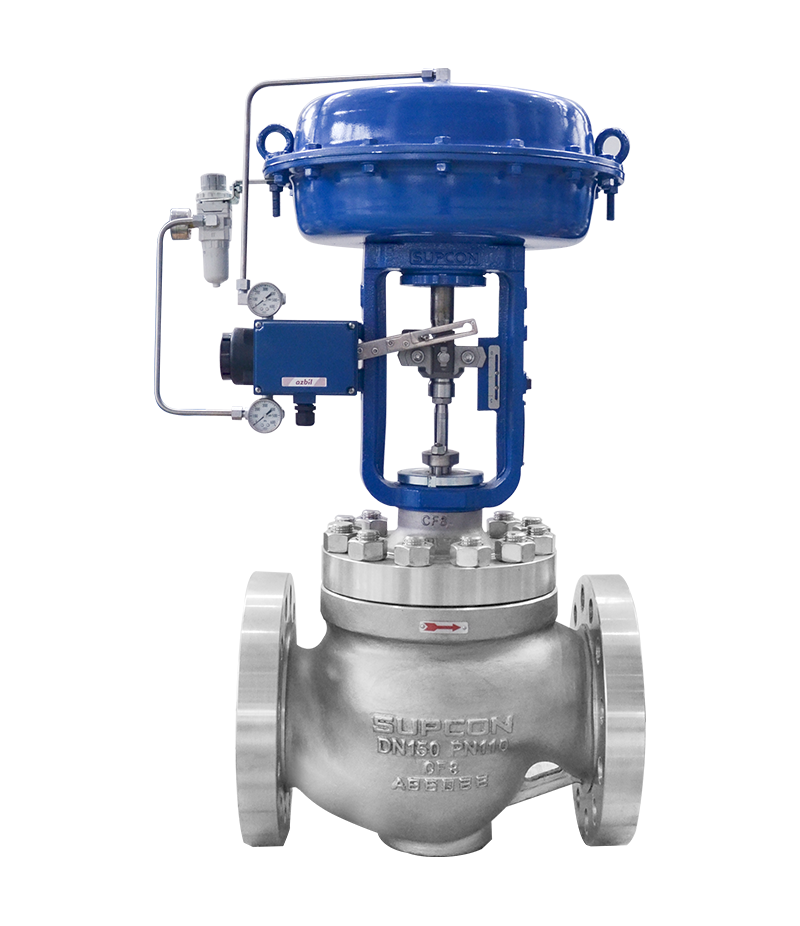Ingenious Control Valves: Enhancing Accuracy and Dependability
Ingenious Control Valves: Enhancing Accuracy and Dependability
Blog Article

Maximize Energy Cost Savings and Comfort With Advanced Structure Automation Controls
In the world of modern design and center management, the combination of innovative building automation manages stands as a crucial development. By using the power of automation, structures can adapt, respond, and develop in ways that were as soon as unthinkable.
Energy Efficiency Advantages
Power efficiency benefits can significantly lower power consumption and operational costs in buildings. By carrying out energy-efficient techniques and modern technologies, building owners and operators can accomplish considerable financial savings while additionally adding to ecological sustainability. Among the primary advantages of improving power efficiency in buildings is the reduction of energy costs. Energy-efficient systems, such as advanced structure automation controls, can maximize using sources like heating, cooling, and lighting, leading to reduced power costs in time.
Additionally, improved power performance can prolong the life-span of building tools and systems. By operating more efficiently, cooling and heating systems, lighting fixture, and various other building elements experience much less deterioration, resulting in minimized upkeep and replacement prices. Additionally, energy-efficient structures typically regulate higher residential or commercial property worths and rental rates, supplying lasting monetary advantages to proprietors.
Additionally, power efficiency can improve owner comfort and efficiency. Effectively regulated indoor settings with optimum lighting and thermal conditions produce an even more pleasant and conducive work space, causing enhanced staff member contentment and performance. Generally, the energy efficiency benefits connected with innovative structure automation controls are complex, encompassing cost savings, environmental stewardship, and resident wellness.
Improved Comfort Control
Enhancing comfort control in structure settings needs an innovative assimilation of innovative automation systems for ideal occupant health. By using innovative building automation controls, centers can tailor the interior atmosphere to satisfy the particular demands and preferences of owners. control valves.
By incorporating these innovative controls, buildings can not only improve convenience but additionally boost power effectiveness by maximizing system operations based on real tenancy and use patterns. Ultimately, focusing on passenger convenience through sophisticated automation systems leads to an extra pleasurable and much healthier indoor atmosphere.
Functional Effectiveness Improvements

In addition, the application of real-time monitoring and analytics devices enables structure operators to recognize energy inefficiencies and functional anomalies immediately. By continuously monitoring power usage patterns and system efficiency metrics, modifications can be made in real-time to optimize energy consumption and ensure peak operational effectiveness. control valves. Additionally, integrating need reaction methods into building automation controls can better enhance functional performance by dynamically adjusting power use based on grid problems and rates signals
Indoor Climate Optimization
Effective interior climate optimization is a basic aspect of building automation controls, guaranteeing owners' convenience and health while taking full advantage of energy savings. By making use of advanced sensors and controls, constructing automation systems can continuously check and adjust temperature level, moisture degrees, air top quality, and ventilation to create an optimal indoor setting. Maintaining constant and comfortable conditions not only improves resident satisfaction but also boosts productivity and overall well-being.
Interior environment optimization additionally plays an important function in power performance. By fine-tuning cooling, ventilation, and home heating systems based upon real-time information and occupancy patterns, developing automation controls can this contact form dramatically reduce power usage - control valves. Applying approaches such as demand-controlled ventilation and thermal zoning can help decrease power waste while guaranteeing that each area of the structure receives the necessary conditioning.

Lasting Setting Production
Structure automation manages not only maximize indoor environment conditions for energy efficiency and owner comfort but also lay the structure for creating a lasting setting with critical management of systems and resources. By integrating advanced structure automation innovations, such as sensors, actuators, and smart software program, centers can monitor and change power use in real-time to reduce waste and lower their carbon impact. These systems make it possible for predictive maintenance, recognizing possible issues prior to they escalate and enhancing tools efficiency to enhance durability and efficiency.
Additionally, lasting environment production expands beyond energy administration to encompass water preservation, waste decrease, and interior air top quality renovation. Structure automation controls can regulate water use, spot leakages, and guarantee proper waste disposal practices, adding to overall sustainability initiatives. Furthermore, by monitoring and regulating air flow and purification systems, these modern technologies enhance passenger health and productivity while decreasing power usage associated with heating and cooling operations.
Final Thought
To conclude, progressed structure automation regulates deal substantial benefits in regards to power financial savings, comfort control, operational efficiency, indoor climate optimization, and producing a lasting atmosphere. By carrying out these controls, structures can attain optimal performance while minimizing power consumption and enhancing passenger convenience. It appears that the use of advanced automation innovation is vital in boosting structure efficiency and developing a much more lasting future.
Energy efficiency advantages can considerably decrease energy consumption and functional costs in structures. Overall, the power performance benefits connected with sophisticated building automation controls are complex, including price financial savings, ecological stewardship, and occupant well-being.
Additionally, including need response approaches into structure automation controls can additionally enhance functional performance by dynamically readjusting power image source usage based on grid conditions and prices signals.
Structure automation regulates not only maximize interior climate problems for power effectiveness and owner comfort but also lay the structure for developing a sustainable setting with tactical management of systems and resources.In conclusion, progressed structure automation manages deal considerable benefits in terms of power savings, convenience control, functional performance, interior environment optimization, and developing a sustainable environment.
Report this page